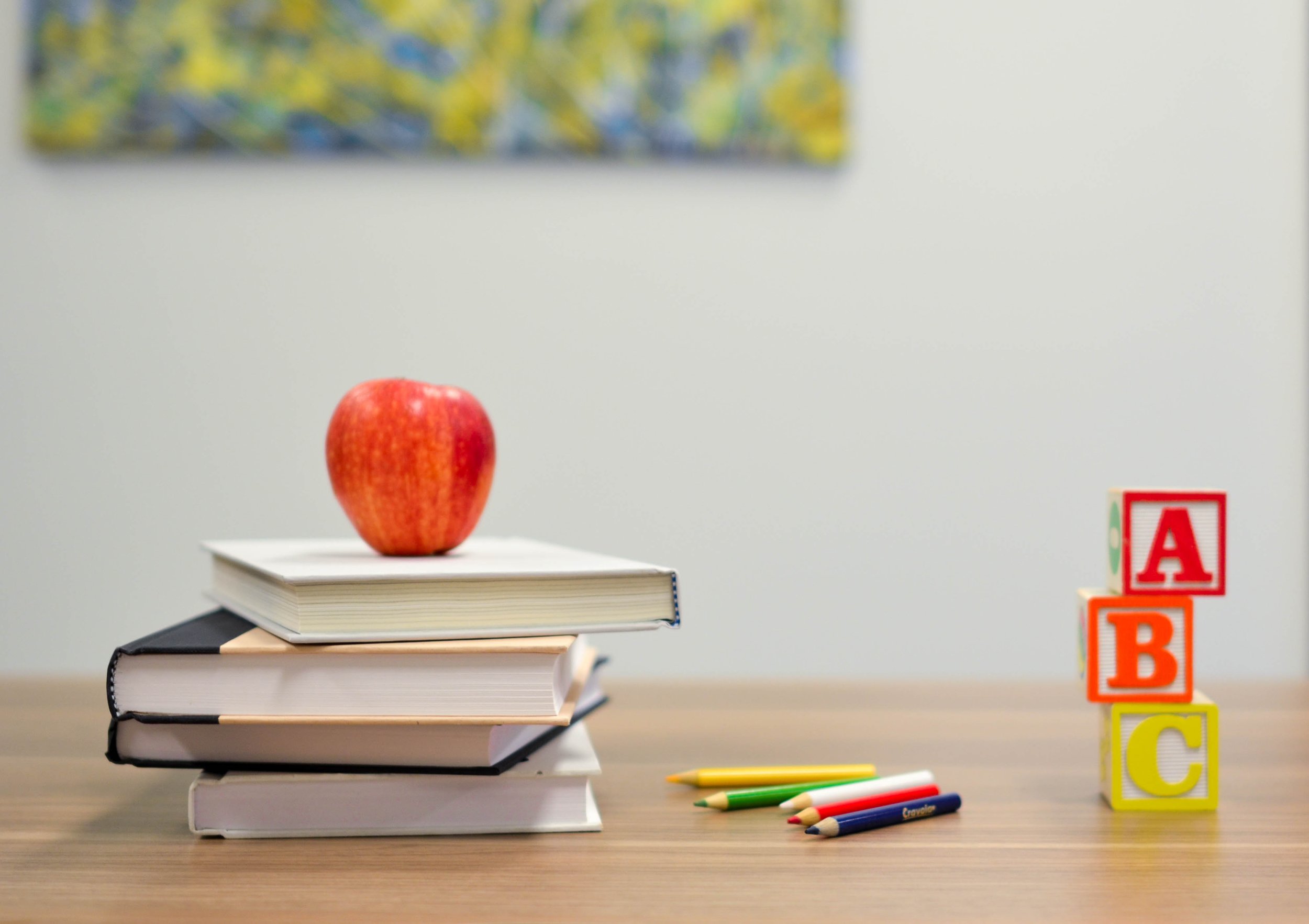Joséphine Vigouroux

In France, schooling is compulsory from age 3 to 16. The Jules Ferry laws of 1881 and 1882 obliged the French state to provide free, secular education for all. The French Ministry of Education therefore offers a single curriculum, followed by the 12,409,900 students who started the new school year in September 2018.
In order to introduce the French school system, we will present the 3 types of schools that exist in France, then the 4 main stages of schooling, which are themselves divided into educational cycles.
Firstly, public schools, which are schools run by the state. These schools are free and secular, and are obliged to accept all children within a given school zone. The curriculum taught is that dictated by the Education Nationale.
80% of students are in public schools.
There are private schools under contract with the State. This contract, which binds the school to the State, obliges the school to follow the curriculum and general rules laid down by the Education Nationale. Teachers in private schools under contract are assigned to the schools by the Éducation Nationale, and their remuneration is paid by the State. Through their contract with the State, these schools receive financial support from the State. Private schools under contract are therefore neither free nor necessarily secular - 97% of these establishments are Catholic schools. Nonetheless, as these schools are under contract with the State, they deliver the French national education curriculum.
19% of students attend public schools under contract.
Finally, some schools are known as "hors contrat" private schools. This means that these schools are not obliged to follow the curriculum or pace of the French national education system. Non-contractual schools therefore have greater freedom in terms of teaching methods, but receive no financial support from the State. As a result, the recruitment and remuneration of teachers is the responsibility of the school. These include most bilingual schools, Montessori schools, eco-responsible schools and so on.
Approximately 0.5% of students are enrolled in non-contractual schools.
école M is a private preschool with no government contract. Teachers are free to choose their own teaching methods(école M's pedagogical project), but follow the French Education Nationale curriculum.